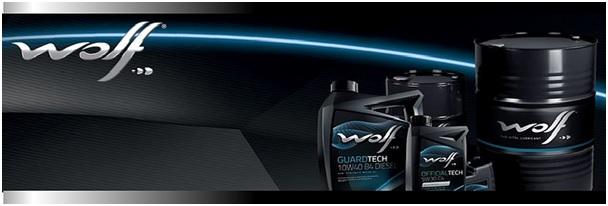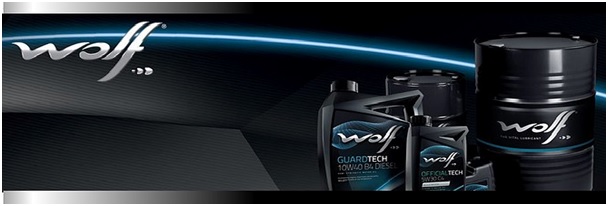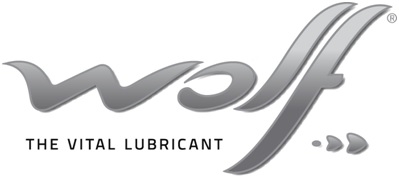
When you should change the oil? This depends on the type of the vehicle, exploitation conditions, quality and type of oil. Nevertheles, the oil should be checked every 1.000 km, we are talking about the level of oil in the engine, and it should be changed once a year, or on every 10.000 to 15.000 km, depending on many parameters. You should pay attention on oill consumation during exploitation (which is measurable), change in smell of oil, change in sound of engine, temperature of the engine and starting the engine.
Markings
Markings on the labels are not so complicated, and most common are SAE, API and ACEA. The first marking SAE is short from Society of Automotive Engineers. This association, globally acknowledged, issues standards which define the viscosity of engine oils. Based on this application and purpose of oil is determined.
Along with SAE, the most common mark is W (Winter), and it represents a marking for for the so called monograde oils for winter conditions (for example SAE 5W, SAE 10W, SAE 15W...) This standard defines the properties of oils on low and high temperatures, which secures reliability in engine exploitation.
Oils without W (SAE 10, SAE 20, SAE 30, SAE 40...) are monograde oils for summer conditions, with properties reqiuring such application. However, blends of these two kind of oils (winter and summer), so called multigrade oils used for wider temperature ranges (SAE 5W-40, 10W-40, 15W-40).

Standards
Mark API (American Petroleum Institute) is related to the level of quality globally. There are two standards - API S, oils for petrol engines used in passenger and light commercial vehicles, and API C, oils for high load diesel engines of commercial vehicles and trucks. Along with these two markings also alphabet letters are added, and growing letters mark better quality of oil. ACEA (European Automobile Manufacturers Association) issues three certificates which determine three standards. Those are ACEA A/B, oils intended for petrol and diesel engines for passenger and LC vehicles, ACEA C oils for vehicles with catalytic converter and ACEA E oils for diesel engines for trucks. With these leters also go the arabic numbers, and the higher the number, better the quality. Of course, markings Euro 2,3,4,5 or 6 mark for what kind of engine the oil is intended, in compliance with toxic gas emissions for those engines (euro norm requirements).
OUR RECOMMENDATION

So, we recommend for you to ask your sellers which oil is right for your vehicle. Take into consideration also the age of the vehicle, engine condition, drive mode and of course the quality of fuel.
Our customers often ask questions about whether to chose synthetic or mineral oil.
This depends of the engine, whether it is an older or newer generation. But we would recommend to use the oil used by the car manufacturer and which they use in production, and this oil is among other oils also WOLF OIL.